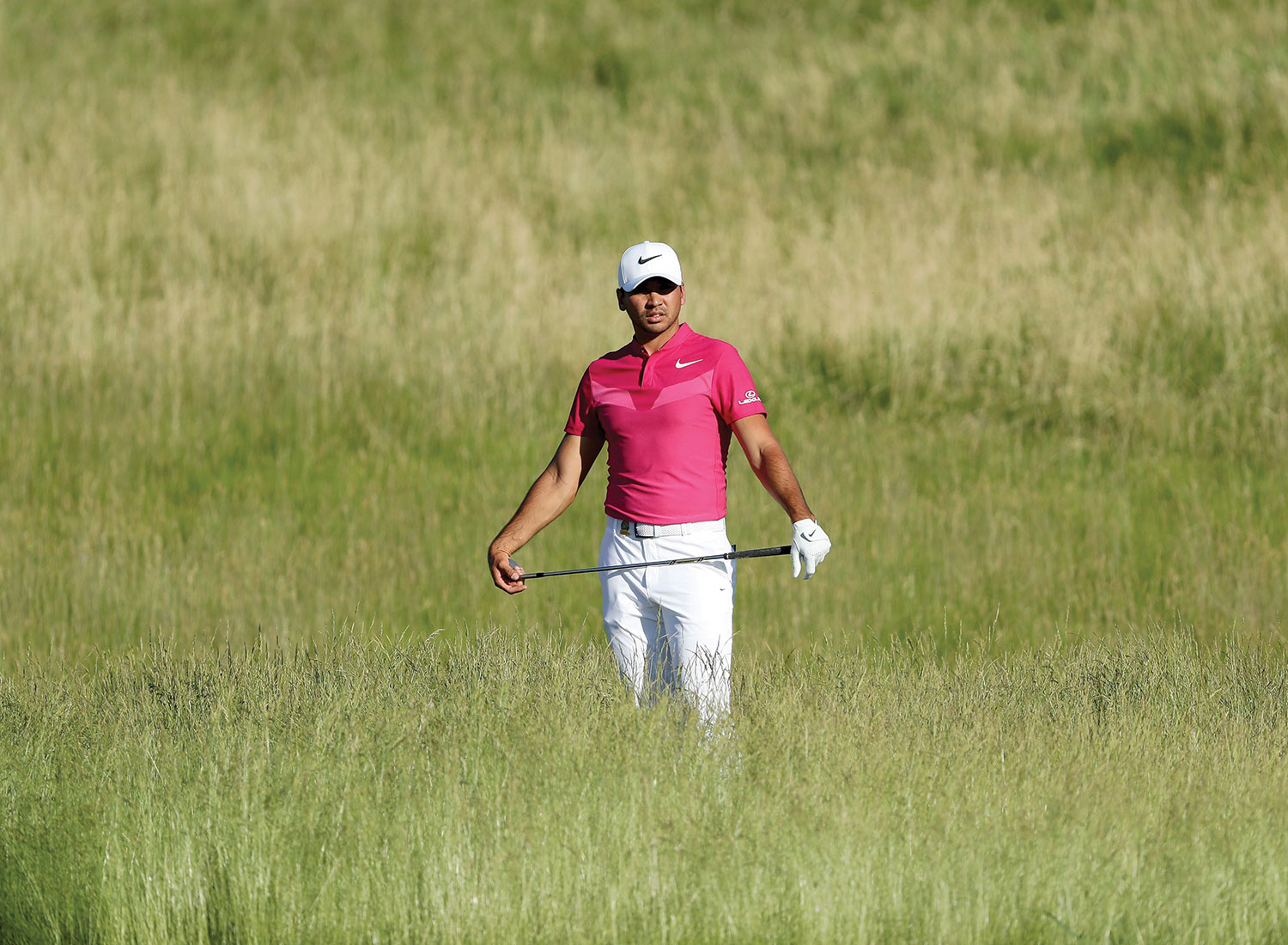IT’S not easy being a professional golfer. Sure, golf courses are a beautiful environment that those of us on tour are lucky enough to call our office. But when you travel around the world to play in different tournaments, that office space changes dramatically and the pressure to perform outside your comfort zone rises significantly. But over time I’ve learnt how to deal with different course set-ups and unpredictable conditions. And while you may not be able to hit the ball as far as me or make as many putts, there are many things you can do to help you get the most out of your game, no matter where you play.
From Beaudesert to Birkdale, here are a few secrets I’ve picked up along the way with my coach Colin Swatton that can help you become the complete player – and win away from home.
FIRM GREENS: GET YOUR SET-UP RIGHT
The good thing about firm and quick greens is obviously you don’t have to hit the ball as hard. Suddenly, your priority is starting every putt on line. Make sure your stance and putterface are aiming where you think it’ll break … forget the cup. If you focus on the point of break, the greens will normally take the ball where it needs to be.

HITTING INTO SOFT GREENS: BE COURAGEOUS, GO THE DISTANCE
Dealing with soft greens is all about distance control. Guys on the US PGA Tour are so good, they know how far hit each club, and they know how the ball will react when it hits the green. It becomes target golf and that’s when we see really low scoring.
SWATTON SAYS: For amateurs, become a little more aggressive and make sure you’re dialled in with how far you carry each club, not just the distance you think you hit it. That work should be done in practice before the round. There’s going to be significantly less bounce, backspin or roll, so if you’ve got 155 metres – make sure you know exactly what club that calls for.

PUTTING ON SLOW GREENS: PICK A SPOT BEHIND THE HOLE
With slow greens, the first thing you should be thinking about is making sure you hit the putt with a firm, authoritative stroke. You’re going to have to hit putts a little more aggressive than normal, so pick a spot past the hole where you’re comfortable for the ball to finish. Because quite often on slow greens, it won’t.
HOT AND COLD: CHECK YOUR CARRY DISTANCE
SWATTON SAYS: Before a tournament, Jason and I look at the long-range forecast for the week – wind speed, wind direction and temperature. How differently is the golf course going to play? Temperature does have a huge effect on how far the ball will carry. Where I live at Hilton Head in South Carolina, the normal temperature for golf is 75 Fahrenheit (23 Celsius). A few friends and I recently played in 45F (7C) – that’s a big difference.
There’s no secret formula. But generally, for every 10 to 15 degrees cooler it is, the ball could travel 10 to 15 metres less. If you normally hit your 7-iron 150 metres, I’d be allowing for that number to drop to 137-141 in cold weather. It’s almost the same for warm weather; the ball is going to travel farther and you don’t want to hit pure shots that airmail greens. That’s not fun. Try hitting a few balls during your warm-up, and make a mental note of how much less the ball carries – better there than on the course.

PLAYING IN WIND: PICK A NUMBER AND COMMIT
When you’re playing in the wind, it’s crucial to get your distances correct. The distance to the hole, or that bunker or tree you’re trying to work the ball off, is half the battle. The actual number is how far the shot is playing. You’ve got to work out your number – factoring in wind and elevation – and then commit, which is the most important part of the entire shot. If you don’t commit, it’s hard to be consistent in the wind.
SWATTON SAYS: While Jason and I would prepare for a windy tournament with flighting the ball or working on certain trajectories, amateurs should understand they don’t have to change too much; it’s about getting the mind right. You need to accept a windy round is going to be super-tough, so the expectations need to come down. If they don’t, it’s easy to get frustrated and make poor decisions and that could turn into a disastrous round.
Spend a little more time on lag putting before the round, because you’re not going to hit it as close. Practise those 30 or 40-foot putts you normally wouldn’t have, and give extra attention to chipping, pitching and bunker play. When you get out there and you’re missing more greens because of the conditions, you’re already prepared and you’ve done the work. You’re going to make some good pars or bogeys, the momentum of your round will get a kick-start and you’ll gain confidence from that.

THICK ROUGH: LEAVE YOUR EGO IN THE BAG
There are two things you need to think about when you land in the long stuff: how much will thick rough affect your ability to hit an approach shot into the green? And how far can you physically carry it?
SWATTON SAYS: Thick rough for amateurs means taking the ego out of the game and appreciating the value of the number. Getting the ball back into play needs to be the priority. If you miss the fairway, ask yourself, “What do I need to do to make 5 my worst possible score on this hole?” Then make sure you do just that!
The biggest problem I see here is amateurs thinking they can muscle a 5-iron out of heavy rough. Too often they won’t take enough loft and the shot won’t escape the trouble. Because they’re a little flustered, the chances of leaving the next shot in the rough are higher and suddenly, 6 – or worse – is an easy score to make.
– written with Evin Priest
• Jason Day won the 2018 Farmers Insurance Open



